Select the combination of options below that you want for your perfect plant. Only those plants in our database that match all of your criteria will be returned. Happy plant hunting!
Our plant selector:
Page 2 of 5
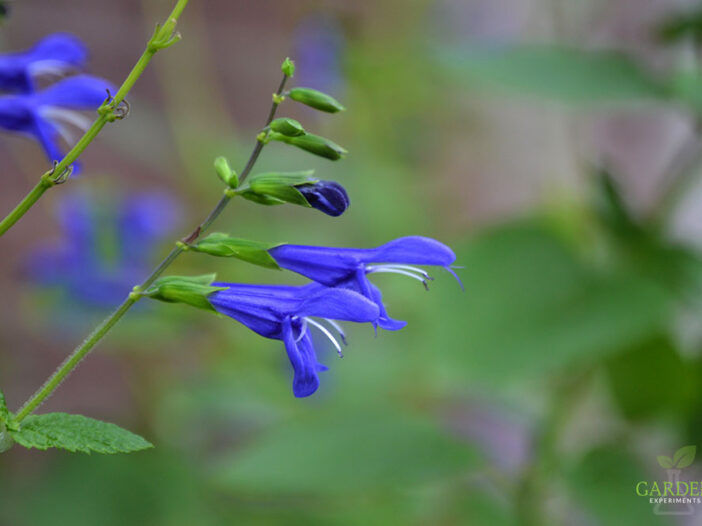
Salvia Flowers Attract Butterflies and Hummingbirds
Salvia is definitely one of my favorite garden plant genera. There are just so many colors and shapes to choose from when picking a plant for your garden. It’s a great pollinator plant – butterflies, bees, and hummingbirds love the flowers. Here are some of my favorites from my garden. All salvias mentioned below are […]
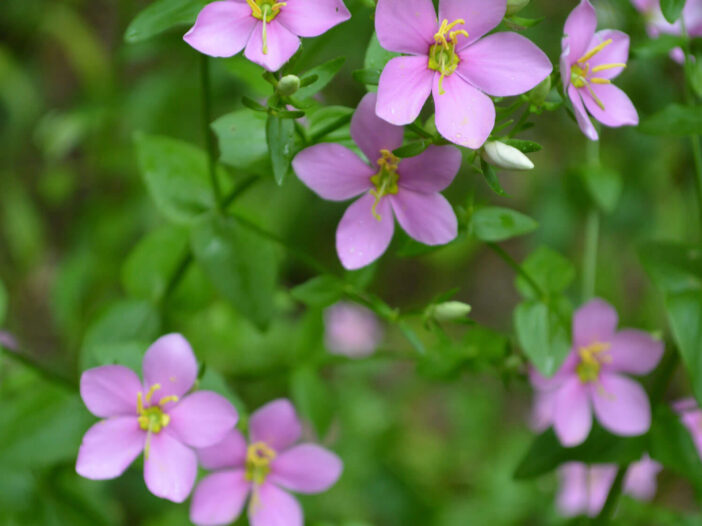
Rosepink (Sabatia angularis)
This beauty can be found growing in the majority of the United States. It is native to the eastern U.S. – as far east as Kansas and Illinois, down to New Mexico, and north to Wisconsin. It is also native to Ontario, Canada. It is hardy in USDA zones 5 to 9. Its vibrant pink […]
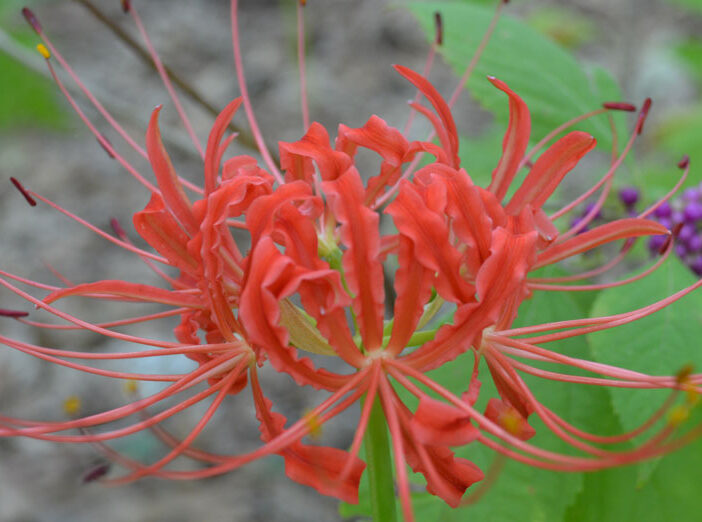
Red Spider Lilies – Lycoris radiata
In the deep South, fall brings a bright red carpet of strange spider-looking blooms. You can find them wherever an old homestead may be found or even deep in the woods where an old homestead used to be. The red color adds vibrancy to the waning fall landscape. Although these bulbs are not native to […]
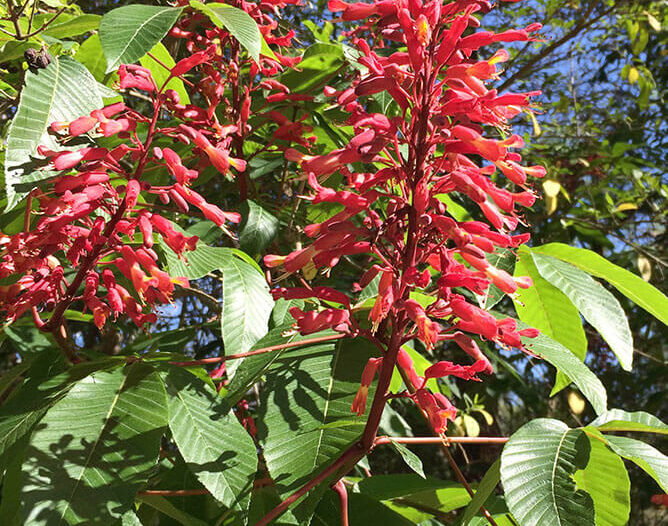
Red Buckeye Flowers For Butterflies, Bees, and Hummingbirds
Red buckeye (Aesculus pavia) has bright red flowers. The flowers of this native shrub are a favorite of hummingbirds and butterflies in early spring. In the southeast, it blooms in late March and early April, and you can hear the hummingbirds buzzing around the blooms. The red buckeye always catches my eye when it is […]
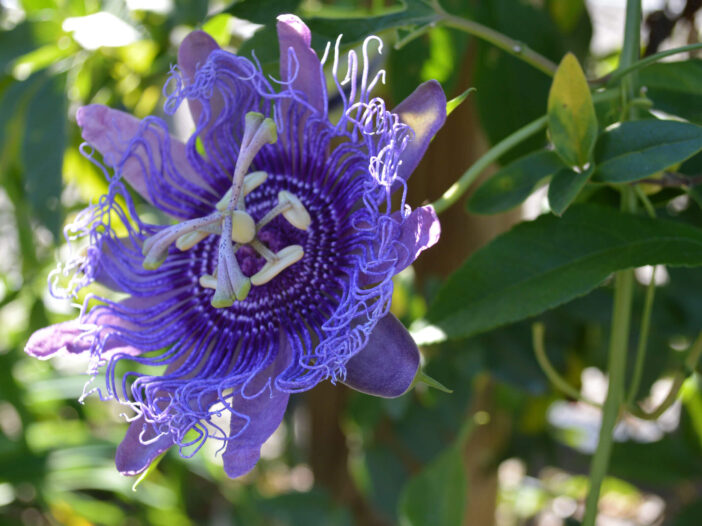
Purple Passionflower: Passiflora incarnata
Purple passionflower, also known as maypop, is a relatively quick-growing, perennial, herbaceous vine in the Passifloraceae family. You can find this native vine growing throughout the Southeast from Texas to Kansas up to Pennsylvania and down to Florida. In Mississippi, I’ve often seen it in pastures or open fields. It’s a great addition to an […]
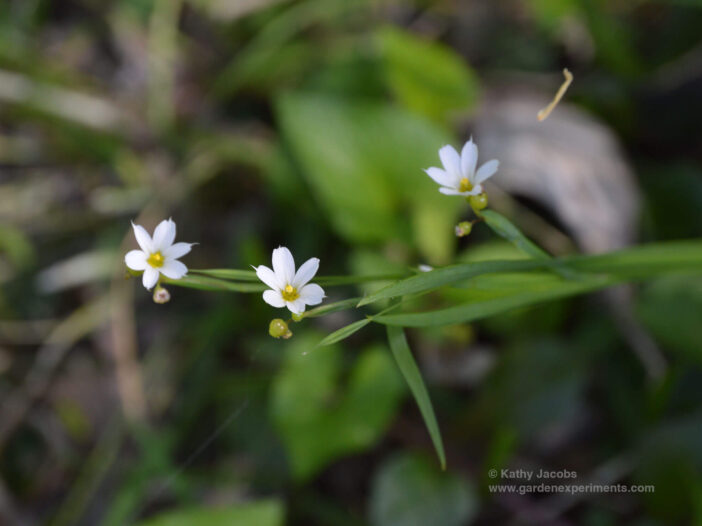
Prairie Blue-eyed Grass
It’s early April, but I’ve already started mowing the grass. The backyard just got a little too unruly, and I have already gotten my first tick of the season. This is always a sign that it’s time to mow. I try never to walk through grass higher than my ankle for that reason. Now, I try […]
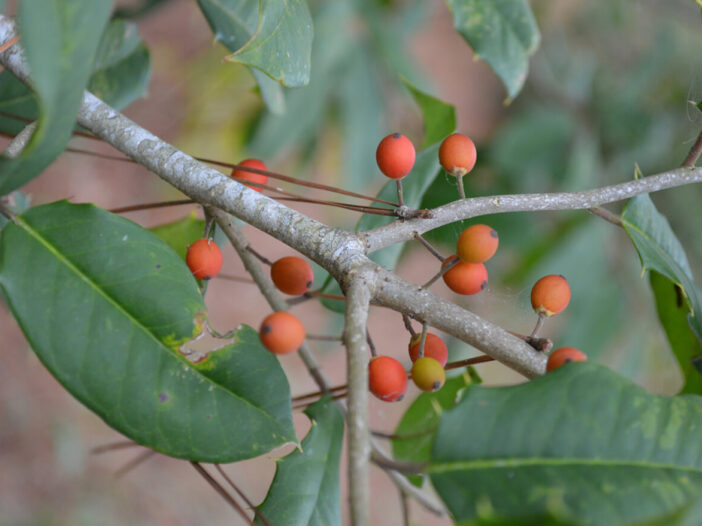
Plant American Holly for Winter Color and Wildlife Food
If you want to add some color to your winter garden and provide food and shelter for songbirds and other wildlife simultaneously, American Holly (Ilex opaca) is a good choice. The berries form in October and persist throughout the winter when many other food sources are gone. Its leaves are evergreen and form a dense […]
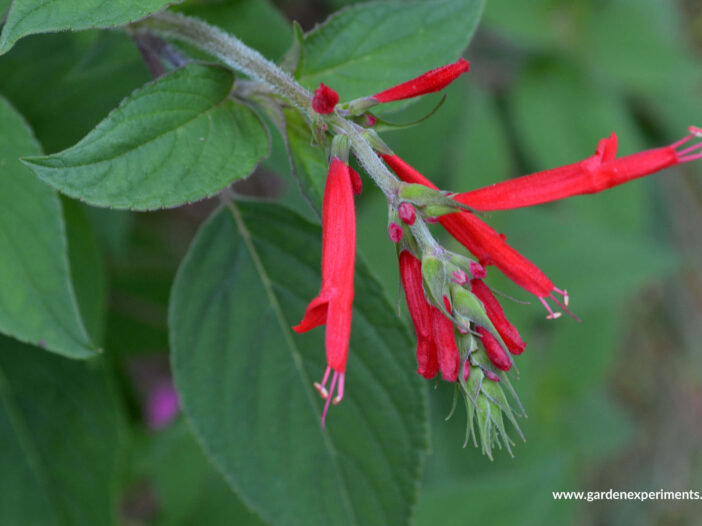
Pineapple Sage Brings Fall Color & Butterflies
I’m in love with all salvias. They grow really well and are so popular with hummingbirds, butterflies, and bees. And did I mention they are beautiful? That’s the perfect combination for my garden. The pineapple sage is no exception. Attract Butterflies with Pineapple Sage This past summer, it was a delight to discover that cloudless sulphur […]
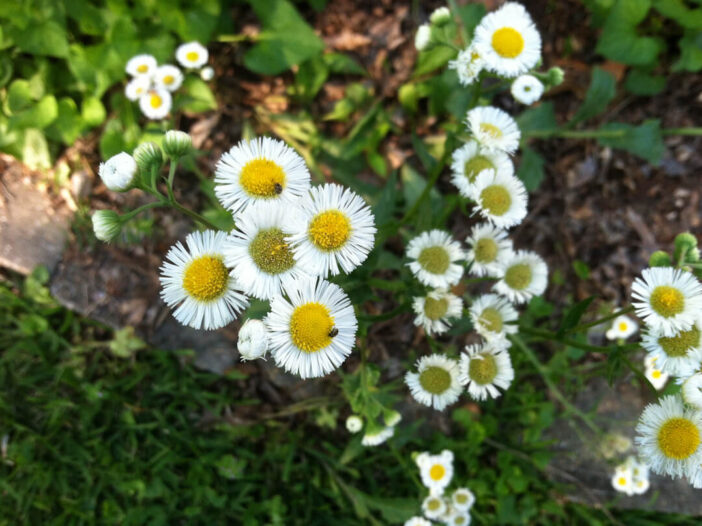
Philadelphia Fleabane – Erigeron philadelphicus
Philadelphia fleabane is a native wildflower in the sunflower family (Asteracea); it looks like a small feathery daisy or aster. Many may consider this flowering plant to be a weed, but it struck me as a nice addition to my yard. Although it’s not where I would like it to be at the moment, I […]
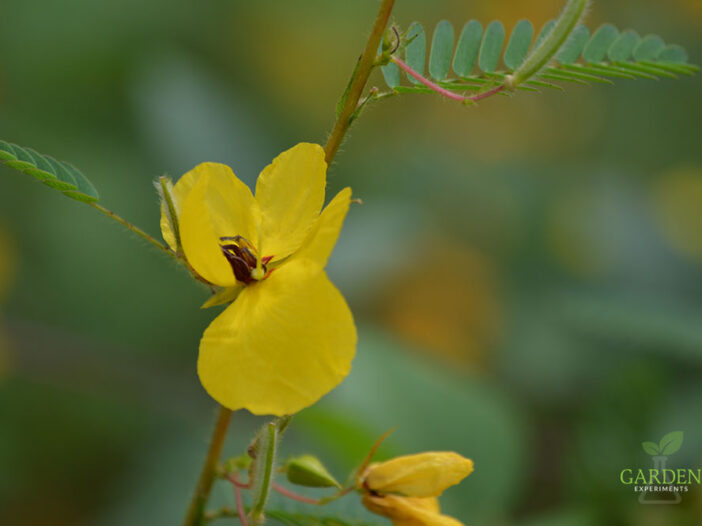
Partridge Pea: Butterfly Host Plant & Pollinator Plant
Summer is the time of the year that you’ll see the bright yellow flowers of partridge pea blooming along the side of the road or along streams and ditches. They will continue to flower from late summer to early fall. Creates Food for Pollinators & Wildlife This little plant packs a mighty punch when it […]
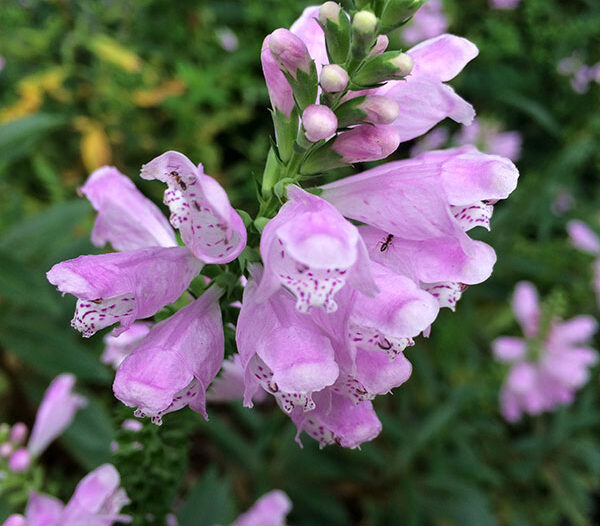
Obedient Plant – Physostegia virginiana
Deer-resistant AND it can grow in clay soil – what’s not to love about obedient plants? Native plants are favorites of mine because they are particularly suited for the local conditions (soil, heat, drought or rain, clay soil) of my area. When I find those native plants with particularly pretty flowers, I add them to […]
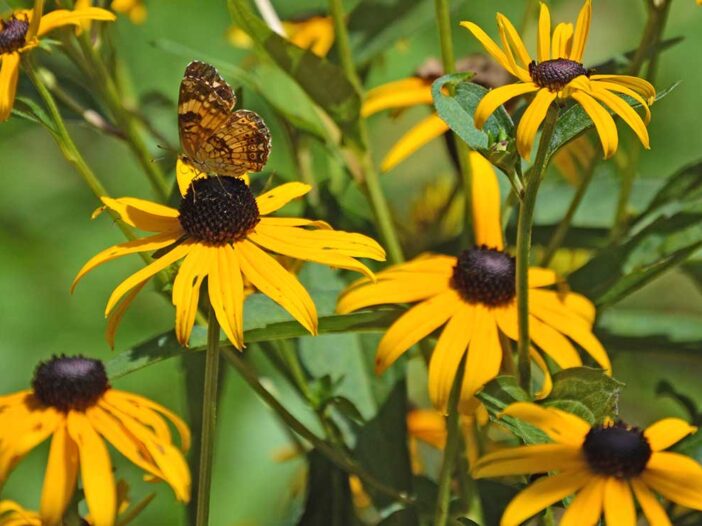
My Favorite Plant-It-And-Forget-It Flower: Black-eyed Susan
If you’re looking for a plant-it-and-forget-it type of plant that still produces lots of flowers AND attracts pollinators, then look no further than the black-eyed Susan (Rudbeckia hirta). This easy-to-grow wildflower is found throughout North America where you can find it alongside roads, in grassy openings and prairies, and even along the edge of forests. […]
